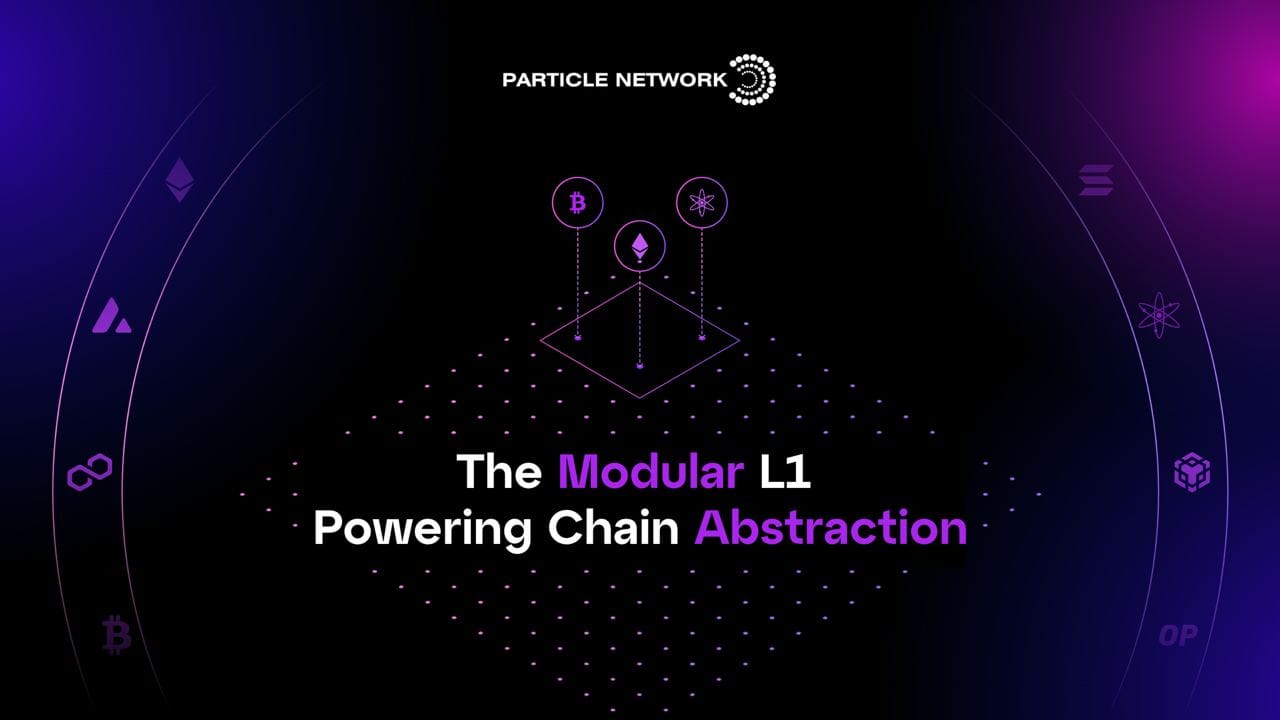
Chain abstraction is rapidly transforming the cross-chain DeFi user experience, moving us closer to a world where users interact with decentralized applications as effortlessly as they do with traditional web apps. Instead of juggling multiple wallets, switching networks, or worrying about gas fees on different chains, users can now benefit from a unified interface that handles complexity behind the scenes. This shift is not just theoretical – it is being realized through robust frameworks and real-world solutions that are already shaping the next generation of DeFi UX.

Why Chain Abstraction Matters for Cross-Chain DeFi UX
The fragmented nature of blockchain ecosystems has long been a barrier to mainstream DeFi adoption. Each chain comes with its own address formats, wallet requirements, and transaction logic, creating friction for both users and developers. Chain abstraction UX addresses this by decoupling the user experience from the underlying technicalities of individual blockchains. The result? Users can manage assets, execute transactions, and access liquidity across multiple networks without ever encountering the typical pain points of multi-chain navigation.
This vision is becoming reality thanks to pioneering solutions like Particle Network Universal Accounts, CAB/CAA (Chain Abstraction Bridge/Account Abstraction) Frameworks, and intent orchestration protocols such as Across and Anoma. Let’s examine how these frameworks are setting new standards for seamless cross-chain interactions.
Particle Network Universal Accounts: One Address for All Chains
Particle Network’s Universal Accounts exemplify account-level chain abstraction by providing users with a single address that works across multiple blockchains. Instead of maintaining separate wallets for Ethereum, BNB Chain, Polygon, or any other network, users can interact with all supported chains from one unified account. This dramatically reduces onboarding friction and streamlines asset management.
For developers, integrating Universal Accounts means they can build dApps that don’t require their users to understand or handle different chain-specific details. The result is a smoother cross-chain DeFi user experience, increased retention rates, and lower support overheads.
“Universal Accounts remove one of the biggest hurdles in Web3: requiring end-users to be blockchain experts just to move funds or interact with dApps. ”
CAB/CAA Frameworks: Abstracting Transaction Logic and Gas Fees
The CAB/CAA (Chain Abstraction Bridge/Account Abstraction) Frameworks are another leap forward in simplifying multi-chain DeFi interactions. These frameworks centralize complex processes like transaction routing and gas fee management at the protocol layer rather than pushing them onto end-users.
By leveraging CAB/CAA frameworks, dApps can execute cross-chain logic atomically – ensuring transactions either complete fully or not at all across all involved chains. This not only boosts reliability but also allows for automated fee payments regardless of which network assets reside on. For example, a user could initiate a swap on Ethereum using tokens from Polygon without needing to manually bridge assets or acquire ETH for gas fees.
Intent Orchestration Protocols: User-Centric Cross-Chain Execution
The emergence of intent orchestration protocols, such as Across and Anoma, marks an evolution in how cross-chain actions are executed based on user intent rather than technical steps. In this model, users simply specify what they want to achieve (e. g. , swap token A on Chain X for token B on Chain Y), and the protocol orchestrates all necessary steps behind the scenes.
This approach abstracts away manual approvals, bridging operations, and even network selection – making complex cross-chain workflows as simple as submitting an order on a centralized exchange. These protocols leverage advanced cryptography and decentralized relayers to guarantee atomicity and security while delivering an intuitive experience that rivals traditional finance platforms.
- Simplified asset movement: Users no longer need to understand which bridge or path is optimal; intents are fulfilled automatically by the protocol.
- No more network switching: The system handles route optimization so users stay within one app interface throughout their journey.
Together, these leading solutions demonstrate how chain abstraction is eliminating friction points in DeFi while unlocking new possibilities for developers aiming to build truly multichain-native applications. In the next section we’ll explore practical implementation strategies and highlight emerging best practices in unified wallet design.
Unified Wallet Solutions: Best Practices for Developers and Innovators
Implementing chain abstraction in real-world DeFi applications requires a thoughtful approach to both technical architecture and user experience. Unified wallet solutions are at the heart of this transformation. By leveraging frameworks like Particle Network Universal Accounts, developers can offer users a single interface for managing assets across disparate blockchains. This not only reduces cognitive load but also minimizes onboarding barriers, making DeFi more accessible to mainstream audiences.
For teams adopting CAB/CAA frameworks, best practices include automating gas fee abstraction, providing clear transaction status updates, and integrating robust fallback mechanisms to handle network failures gracefully. Additionally, intent orchestration protocols should be designed with transparency in mind, users should always understand what actions are being taken on their behalf, even if the underlying complexity is hidden.
Top Frameworks Powering Seamless Chain Abstraction in DeFi
-

Particle Network Universal Accounts: This solution provides users with a single, unified account that works seamlessly across multiple blockchains. By abstracting away the need for multiple wallets and network switching, Particle Network enhances the cross-chain DeFi user experience and simplifies asset management for both users and developers.
-

CAB/CAA (Chain Abstraction Bridge/Account Abstraction) Framework: The CAB/CAA framework enables dApps to manage cross-chain logic and user accounts without exposing underlying blockchain complexities. It facilitates account-level abstraction and bridgeless cross-chain interactions, supporting a smoother, unified DeFi UX.
-

Intent Orchestration Protocols (e.g., Across, Anoma): These protocols allow users to express their intent (such as swapping or transferring assets) without specifying the underlying chain. The protocol then orchestrates the optimal cross-chain execution, abstracting away technical steps and delivering a seamless experience. Notable examples include Across and Anoma.
Emerging unified wallet solutions also prioritize security by incorporating multi-factor authentication and decentralized key management. These features ensure that while the experience is simplified, there is no compromise on the safety of user funds or data. As chain abstraction matures, expect further convergence between usability and security standards across the ecosystem.
Chain Abstraction in Action: Real-World Impact and User Stories
The impact of these technologies is already visible in live DeFi products. Users report significantly reduced transaction times and fewer failed swaps when interacting with dApps powered by CAB/CAA frameworks or intent orchestration protocols like Across. For example, traders using intent-based execution can move liquidity across chains without ever touching a bridge UI or worrying about which gas token they need, freeing them to focus on strategy rather than logistics.
For power users and institutions alike, unified account management simplifies reporting and compliance by consolidating activity across networks into a single ledger view. This is particularly valuable as regulatory scrutiny of digital asset flows increases globally.
What’s Next for Chain Abstraction UX?
The future of chain abstraction UX lies in deeper integration between protocols and user-facing applications. As standards coalesce around frameworks like Particle Network Universal Accounts, CAB/CAA models, and intent orchestration systems such as Across and Anoma, we’ll see new classes of DeFi apps emerge, ones that are truly chain-agnostic at their core.
This evolution will unlock:
- Cohesive liquidity aggregation: Users access the best prices regardless of where assets reside.
- One-click cross-chain actions: Complex workflows distilled into simple user intents.
- No more fragmented balances: A single dashboard for all digital assets.
If you’re building or investing in next-generation DeFi products, now is the time to explore how chain abstraction can set your project apart. The frameworks discussed here offer proven blueprints for delivering seamless cross-chain experiences that will define Web3’s mainstream era.
Explore more on how these innovations are shaping the unified crypto ecosystem in our guide: How Chain Abstraction Enables Seamless Cross-Chain Wallet UX in DeFi.





